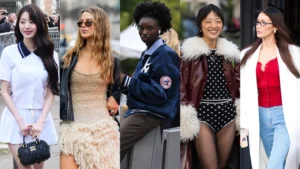Functional Fashion Meets Soft Power: Why Practical Style is Winning Hearts in 2025
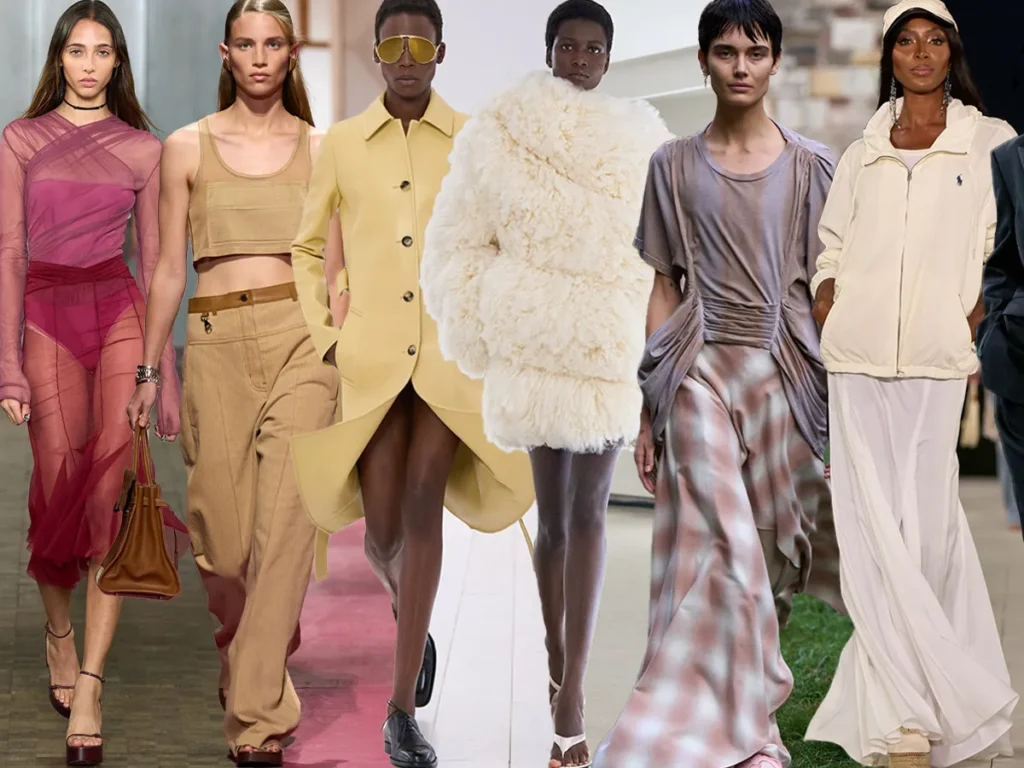
In 2025, fashion is all about clothes that are stylish, practical, and full of meaning! The trend of “Functional Fashion Meets Soft Power” is taking over runways worldwide, from Mumbai to Paris. It’s about outfits that are easy to wear, work for many occasions, and show off India’s rich culture to the world. Whether it’s a sari you can style in multiple ways or a kurta perfect for both work and parties, this trend is making fashion useful and powerful. Here’s why it’s such a big deal, especially for Indians.

What is Functional Fashion?
Functional fashion means clothes that make life easier while looking great. Think outfits you can wear in different ways, like a sari that doubles as a dress or a jacket with extra pockets for your phone and keys. These designs are comfy, versatile, and often eco-friendly, perfect for today’s busy world.
In India, functional fashion feels like home. Saris have always been super versatile one piece of fabric for countless looks! Designers like Anita Dongre are taking this idea further, creating kurtas and lehengas that you can wear to the office, a party, or even a wedding. Globally, brands are making jackets and dresses that adjust to different weather or body types, keeping things practical yet stylish.
Soft Power: India’s Fashion Magic
Soft power is about winning people’s hearts through culture, and India’s fashion is doing just that! Our colorful saris, handwoven khadi, and stunning embroidery are telling the world about India’s heritage. In 2025, designers are using fashion to share India’s story, making it a global style icon. This is soft power spreading influence through culture, not force.
For example, a Sabyasachi sari with detachable embellishments lets you switch up your look while showing off Indian craftsmanship. Even global brands like Dior are using Indian embroidery in their clothes, putting India’s culture on the world stage. Functional fashion makes this easier by creating outfits that are practical yet packed with cultural pride.
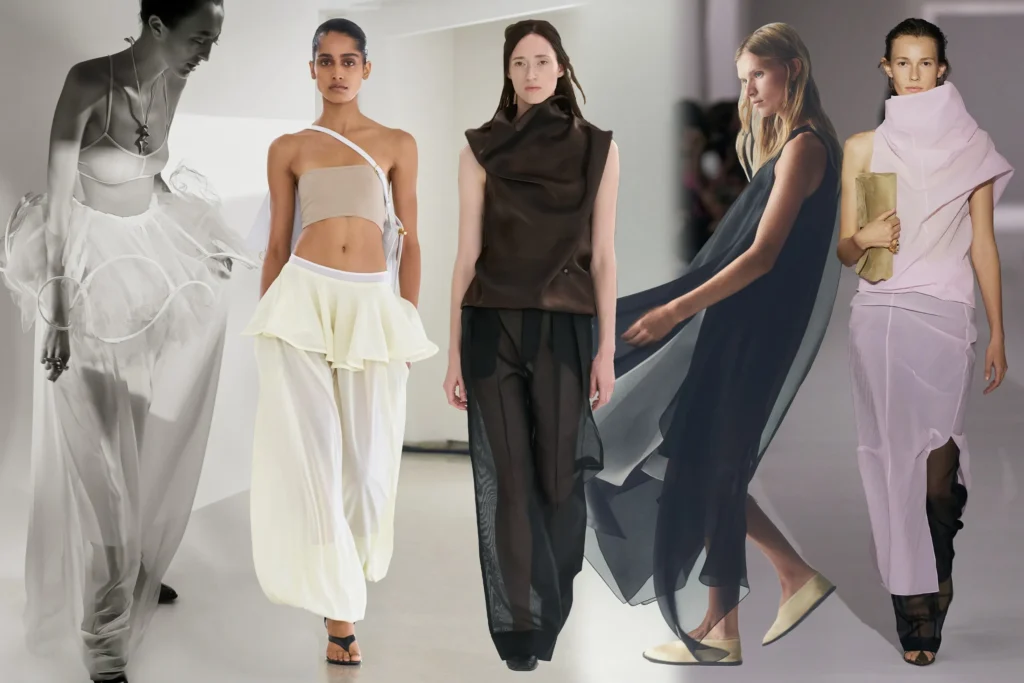
Functional Fashion on the Runways
In 2025, fashion shows are all about clothes that work hard and look cool. In Paris, designers are showing jackets that change with the weather or dresses with adjustable fits. In India, designers like Anavila Misra are making lightweight saris that go from office to evening wear, perfect for busy Indian women. Abu Jani-Sandeep Khosla’s lehengas, with parts you can remove or swap, are a hit for weddings, blending style with convenience.
These designs are practical but don’t skimp on glamour. They’re made to fit real life whether you’re rushing to a meeting or dancing at a sangeet and they carry India’s cultural vibe wherever they go.
Sustainability: Good for the Planet
Functional fashion is also about saving the environment. Instead of buying new clothes all the time, people are thrifting or choosing sustainable designs. In India, brands like Doodlage turn old fabrics into cool kurtas or jackets. Markets like Sarojini Nagar in Delhi are full of second-hand treasures, like versatile kurtas you can style in many ways.
Globally, brands are using recycled materials for jackets and dresses that last longer and can be worn multiple ways. In India, our handwoven fabrics like khadi are naturally eco-friendly and carry our cultural story, making them a perfect fit for this trend. This mix of sustainability and culture is boosting India’s soft power worldwide.
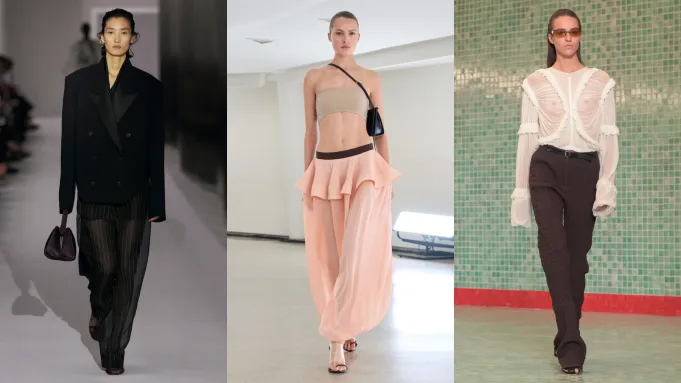
Bollywood and Social Media: Spreading the Vibe
Bollywood is a big reason this trend is so popular. Stars like Priyanka Chopra and Ranbir Kapoor are rocking functional outfits like kurtas you can wear anywhere or saris with modern twists that inspire fans. These looks are practical yet glamorous, perfect for everything from casual hangouts to big events.
On Instagram and TikTok, influencers show how to style one kurta for work, a date, or a trip, making functional fashion fun and easy. Globally, people are doing the same with versatile jackets or dresses, spreading the trend online. This makes India’s fashion influence even stronger, as our styles go viral worldwide.
Technology Makes It Fun
Technology is making functional fashion exciting. In India, apps let you “try on” a sari or kurta virtually to see how it looks before buying. Designers are also using smart fabrics that adjust to heat or rain, perfect for India’s weather. Globally, brands are creating digital outfits for the metaverse, letting you wear functional fashion in virtual worlds.
This tech helps spread India’s culture, too. When people worldwide see a virtual khadi kurta or a sari online, it showcases India’s style and heritage, boosting our soft power.
Why It Works in India and Beyond
Globally, functional fashion is about clothes that fit any lifestyle think jackets for all seasons or unisex outfits. In India, it’s about mixing our traditions with modern needs. Designers are making kurtas with pockets or saris you can drape differently, perfect for students, professionals, or anyone on the go. These outfits are affordable, inclusive, and full of Indian pride, making them a powerful way to share our culture.
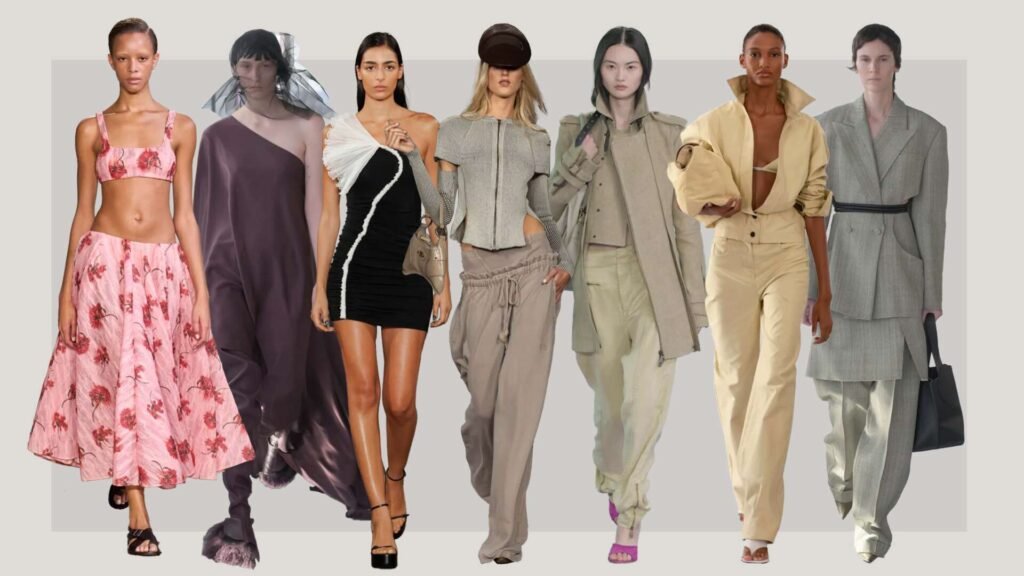
Some Challenges
Not everything is perfect. When global brands use Indian designs like embroidery without giving credit, it can feel disrespectful, sparking debates about cultural fairness. Some also think functional fashion might get boring if it’s too focused on practicality. But top designers are proving that useful clothes can still be creative and stunning.
What’s Next?
In 2025, functional fashion will keep growing. In India, expect more versatile outfits, like kurtas with detachable parts or lehengas that turn into dresses, especially for Diwali and weddings. Globally, sustainable, multi-use clothes will rule, with India’s fabrics and designs leading the way. This trend is making India’s soft power stronger, as our fashion tells the world who we are.
Functional fashion meets soft power is all about clothes that make life easier and share India’s story. So, try a versatile sari, a multi-use kurta, or a thrifted jacket wear your style, show your culture, and make a difference in 2025!
Last Updated on Saturday, July 12, 2025 3:02 am by Shaik Mohammad Hussain





